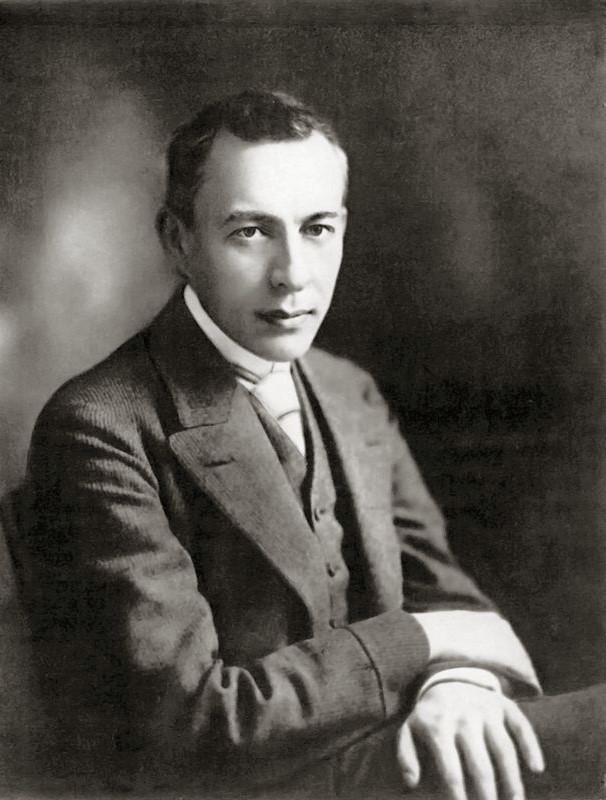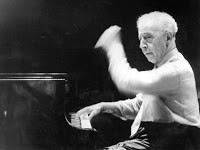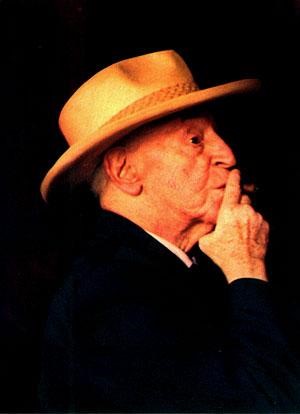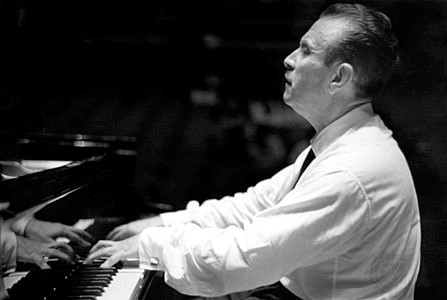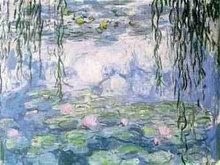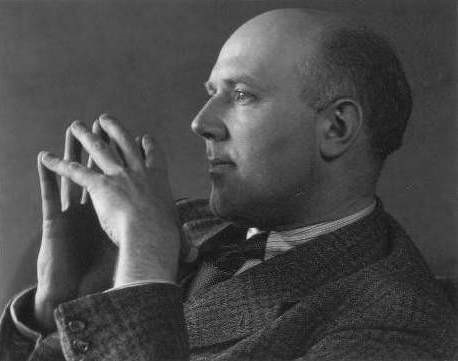Posture
Elegance is achieved when all that is superfluous has been discarded
and the human being discovers simplicity and concentration:
the simpler and more sober the posture,
the more beautiful it will be.
~ Paulo Coelho
My freedom-loving Zen inclinations abhorred the idea of a set posture at the piano. I wanted to let my energies flow at will and have an intimate relationship with the keyboard.
Once as teenager, I played in a masterclass for a visiting Professor. I hadn’t slept well, was a bit cranky and not at all in the mood to be dissected in front of an audience. After performing he came up to me and asked me to start again from the beginning. With this I felt a boney finger poking into my spine forcing me to sit up straighter. And it didn’t go away. I played the first two pages, still there, and finally stopped because I couldn’t bear it anymore. I squirmed out of its grip. After a couple comments, he asked me to try another passage, and as I began I felt the finger again. It took all the self-control I could muster not to shove him away and punch him in the jaw. The absolute nerve!
Soon enough it was time for the next victim to come to the stage so I left and slipped out the back of the auditorium, fuming. How dare he criticize something as personal as posture! Every pianist has his own relationship to the instrument; a music teacher should teach music, not posture.
A couple years later, seeing Argerich play {see post on Argerich in Part III) I would begin to view posture in a different light. This petite woman, mustering the power of lions, sat gently upright at the keyboard with the naturalness of a toddler sitting on the floor. Her graceful power was inspiring.
I tried balancing piano with all forms of exercise over the years, to varying benefits. When I was twenty-five, my older brother Joshua, a jazz pianist, introduced me to Power Yoga. He showed me the Sun Salutations and some postures that I would have never thought a Western man, certainly not my own brother, could get into. And he had only been doing it for a short time. This was an inspiration!
I borrowed the book he was studying and began trying it. Within a few days, I felt for the first time in memory what effortless, upright, life-giving posture was all about. At the piano, I couldn’t help but sit up straight and energized. The base of the spine in particular felt elongated by a good inch – I felt taller! And my shoulders, instead of crouching in poetically, pathetically and shyly, rolled out slightly, making me feel broader and more open to the world and to experience.
I started to feel centered at the keyboard like never before and let my arms move to and from the body without the feeling of having to accompany them. Over the next several months, Yoga became inseparable from the piano, not that I ever became a Yogi. {Perhaps serious study lies in my future?} I found that just fifteen minutes a day could give me immeasurable benefits.
Yoga of course isn’t the only way to gain balance between physical health and mental/emotional health, but it’s an excellent one. Many musicians find swimming to be the ultimate form of exercise. Most forms of exercise tend to harm the body as they help it. I love running in the park, but I eventually hurt myself somehow, take a break for a few days, then lose the momentum. Yoga is always energy-giving and as long as you’re aware, it’s difficult to actually hurt yourself.
No matter how much you long for music-making to be purely a spiritual/emotional/mental experience, it’s impossible to separate the spirit from the body. As long as you’re of this earth, the two are forever linked. Don’t run away from this truth – embrace it! Learn to love the interconnection of physical health to mood, energy-level and strength.
There’s a beauty in sitting down at the keyboard and feeling absolutely centered. You needn’t approach the piano to feel one with it. The energy between you becomes stronger when you have space between you.
Music doesn’t need you to go to her; let yourself be a vessel and she will come to you and flow through you.
Sometimes, simply by sitting, the soul collects wisdom.
~ Unknown
This was a difficult lesson for me as I began studying conducting. My instrument was now human beings sitting at least a few feet away, but sometimes as far as 40 or 50 feet away. How does a pianist used to having the keys right in front of him learn to connect to that! I began as a walking conductor. I couldn’t keep my feet still. They always wanted to approach the musicians I was conducting and get closer contact. How many times did I hear my Italian Maestro shout, Sta fermo! {Stay still!}. It took me a good year to finally lose my walking tendencies and begin to feel energy on a larger scope. I could look at the trumpets in the back, feel the connecting energy between us, give a slight flick of the wrist and get exactly the result I was asking for. That’s power.
The piano started feeling too close … I began sitting farther away from it imagining it as the 70-piece mental orchestra surrounding me whenever I studied orchestral scores. Gradually I gained balance between conducting and playing the piano, but even now I sit farther away from the keyboard than most, and I still think of the piano as an orchestra.





